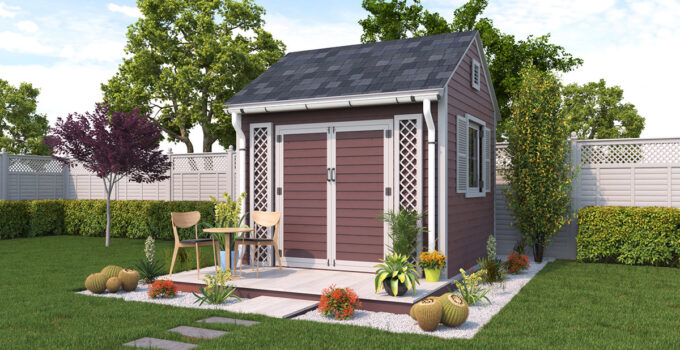When you are looking to put up a new shed in your garden, there will often be a few things to consider; from the available space, to the style of the shed, to how you are going to install and use it. There will also be other factors to keep in mind that many people generally overlook, like whether or not you’ll have somewhere stable to build your new garden shed.
While you could find a variety of good garden sheds out there from manufacturers and suppliers like Dunster House, it could be worth your time to first consider how to build a good shed base to ensure that your new structure is on solid ground. If you’re not sure about how to get started, you’ve come to the right place, as we’ve got all the info you need on how to build a shed base.
A step by step guide to building a strong garden shed base
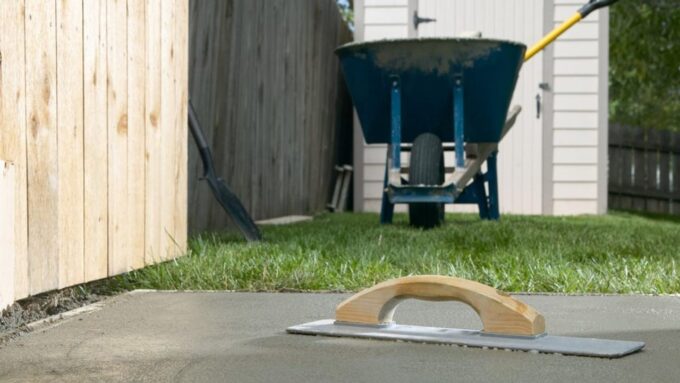
Source: hss.com
1. Choose the right materials
First things first, if you want to have a strong foundation for your shed, you need to make sure that you’ve got the right material for a good and reliable base. In general, there are quite a few options available to you and most won’t be too pricey or complicated. This means that the type you choose will generally depend on your personal preferences and requirements.
While we’ll take a closer look into some of the different options available to you later on, we think that concrete and paving slabs are generally good choices and are worth keeping in mind.
2. Consider the ideal spot for your shed
Factors like the dimensions and design of your shed should certainly be taken into consideration when choosing the right place to set your foundation. This is generally something that will be unique to your situation, depending on your garden and the type of shed that you’re looking to put up. It’s an important step in how to build a shed base nonetheless, as, without careful consideration, you could end up putting the base somewhere you’re simply not happy with.
3. Prepare the area
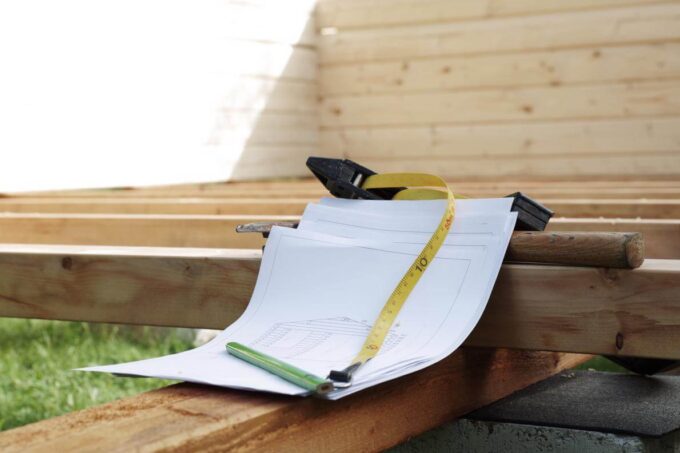
Source: solidbuildwood.com
In general, the process of creating the base will vary depending on what method you choose to go with, but it’s essential that you take the time to prep the area you’re working on for everything to go smoothly. Simple things like clearing out any weeds, ensuring you have the right amount of space before you get started, or getting the right tools and equipment to hand can all be a significant help in ensuring that everything goes to plan.
What materials could you use to build a garden shed base?
Concrete
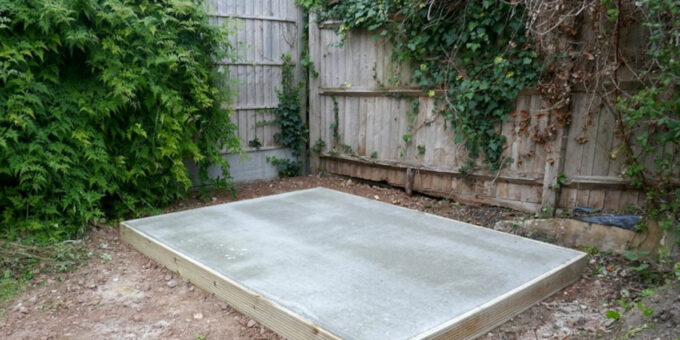
Source: tigersheds.com
Several benefits come with picking a material like concrete, which is one of the main reasons why it’s such a popular choice. It is known to be a strong and very durable material to use for a garden shed base. If you do go for this, there are a few more steps in the process, like marking out the area and digging your foundations to have enough space for your concrete base. While the overall process isn’t too complex, it’s certainly worth taking the time to find out how to do it properly. If you aren’t DIY savvy, you can always get a local builder to install this for you prior to the delivery of the garden shed.
Paving slabs
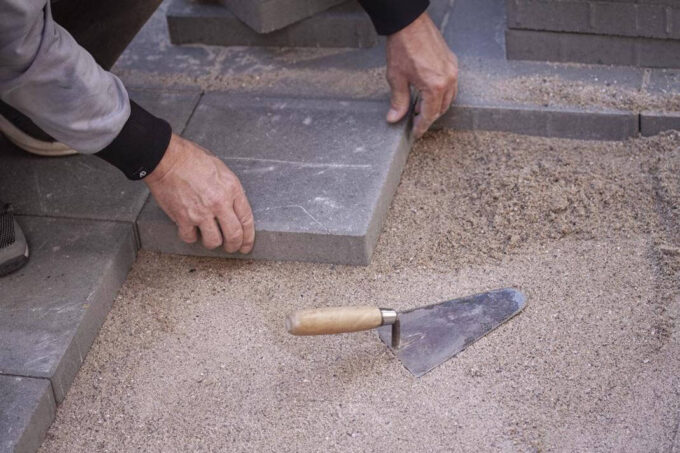
Source: solidbuildwood.com
In many instances, paving slabs can be a simple and effective way to create a base for your shed, especially if you’ve already got paving slabs in your garden. Generally, paving slabs are used to be aesthetically pleasing, and are used to continue any paving themes you have in the garden. As you may expect, they may require a little effort and time to properly set up, but they’re generally well worth it and may not be as difficult to install as you might be thinking (which could certainly be a nice bonus). Again, you can outsource the work if you are not a competent DIYer.
Premium RapidGrid Foundation System
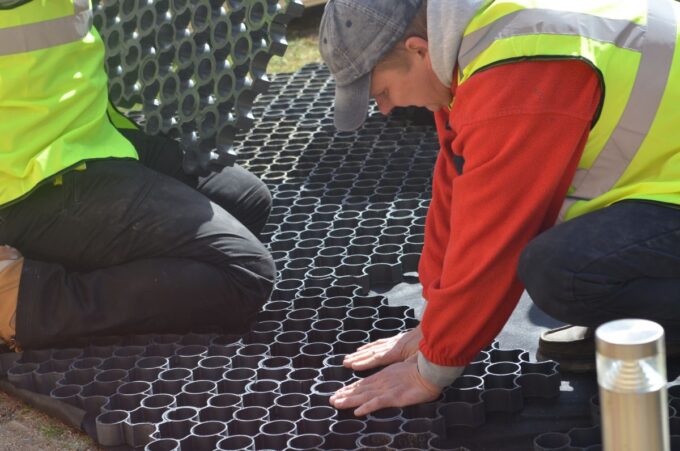
Source: dunsterhouse.co.uk
There are quite a few reasons why we would suggest the Premium RapidGrid Foundation System for the base of your new shed. Things like the heavy-duty plastic grids are perfect for those who want to ensure that their shed will be sturdy and on solid ground (this is something you should always be looking for when creating a base for any structure).
When using them, you’re likely to find that they’re pretty easy to place too, thanks to the interlocking grid system that not only makes set up quick and easy but also helps with further reinforcement. Even better, the weed control membrane will help to keep any unwanted plants from creeping through and causing issues with your base, which is just another great touch.
These are an excellent DIY option and if you’re interested in everything that this system has to offer, we’d certainly encourage you to take a closer look into using the RapidGrid Foundation. It is a cost-effective, easy to install foundation that will support your garden shed for years to come.
Final thoughts on building a garden shed base:
For the most part, while there can be some challenges if you’re unsure of how to go about building a good shed base, it shouldn’t be too much of a hassle if you have a little understanding of how to go about it properly. When purchasing your garden shed, you will be supplied with a set of instructions that should give you an insight into how to build a shed base. Alternatively, speak to the suppliers of your garden shed and get advice from them. Hopefully, in looking into how to build a shed base, you have a better idea of how it works and what to do for your own project – whether it’s general preparation or choosing the right materials.

